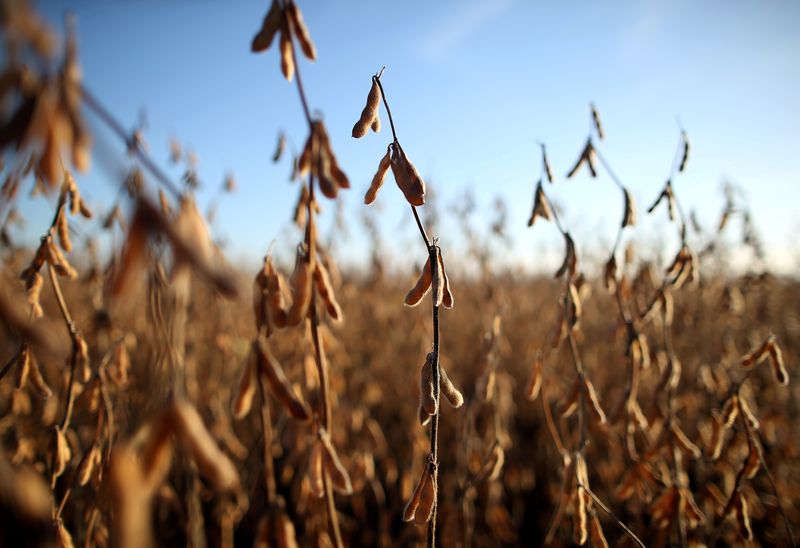The holiday classic “The Nutcracker” has been performed by the New York City Ballet for more than 50 years. But this year, the timeless production actually features something new.
Charlotte Nebres, 11, is the first black dancer to win the coveted role of Marie, the young heroine of “The Nutcracker.” And Nebres’ story is just one example of the changing face of the world of classical dance, reports CBS News correspondent Elaine Quijano.
The famed School of American Ballet, whose students star in an annual presentation of “The Nutcracker,” was founded by world-renowned choreographer George Balanchine in 1934 as a place to nurture young talent who could then move on to the elite stage of the New York City Ballet. But for dancers of color, getting there often meant encountering invisible barriers.
“When you are a minority in any environment, there is an added struggle,” said Aesha Ash, who attended the school in the 1990s and performed with the New York City Ballet for more than seven years.
Ash said it was sometimes the small things, like not having proper hair products or stage makeup that was in her skin tone, that sent a message about whether she truly belonged.
“I remember the girls I got in with were given many different palettes and things to choose from. And I sort of got a lipstick and that was pretty much it, and maybe a powder. It was like, ‘I don’t really have much for you,'” she said.
“These things … they’re not said maliciously,” she added. “But … you just sort of feel yourself drifting more and more away, and feeling more and more separate than everyone else.”
Ash now sits on the diversity committee at the School of American Ballet. Her experiences have helped pave the way for Nebres, whose grandparents hail from Trinidad and the Philippines.
Nebres said “it was a little bit surprising” when she found out she was the first black girl to play Marie in the production.
“But then it sunk in that, ‘Well, if I’m going to be doing this role and I’m the first person, then I want to make it count,’ so I really wanted to make it special for everyone in the audience, and for the people onstage as well,” she said.
Nebres’ mother, Danielle, was born and raised in New York City and said it wasn’t long ago when this kind of opportunity wouldn’t have been possible for her daughter.
“It’s sort of magical for me to see that sort of just hopefulness and just realizing that there is no limits. So I’m sort of learning through her that maybe the way things were aren’t what they are any longer,” she said.
Now, dancers are given makeup and hair products to enhance their features, not alter them.
“One thing that they made clear to us is that she didn’t have to change her hair,” Nebres’ mom said. “Now that she has this big role as Marie they don’t want to change her; they want her as she is. And for women of color, for black women, that’s very important to know that you are enough, and you’re beautiful as you are, and you don’t need to change who you are.”
Sending that message is now a priority for the school, said former dancer Jonathan Stafford, who took over as artistic director earlier this year after ballet master-in-chief Peter Martins retired amid abuse allegations.
“We wanted to open up communication face-to-face between the artistic staff and the dancers to hear their concerns,” he said.
Stafford intends to change the culture, including making casting decisions that better reflect the city’s population.
“What would you say to folks who wonder, ‘Why has it taken so long?'” Quijano asked.
“Well they’re absolutely right, it has taken too long,” Stafford said. “Unfortunately, the country we live in, there’s been policies and practices that have been codified from very early times, and then strengthened over the years, that don’t allow equal opportunity for every person … And, ballet was very much a European art form when it came over to this country. It was based on standards of beauty that were very European and very white.”
It took the dance world and New York City Ballet “a long time” to recognize that and change it, he added.
Changing the culture also means shaping audience perceptions, something Ash is trying to do offstage in her “Swan Dreams Project.” The ongoing photo essay includes striking images of her dressed in her leotard in her hometown of Rochester, New York.
“While we’re trying to create more black ballerinas … we also have to change the perception that those who are coming to the ballet have of women of color,” Ash said. “We are multidimensional. And we are also soft and graceful and angelic and ethereal, and society needs to see us in that way so that, when they come to the ballet and they see that black or brown princess on the stage, it’s, ‘Well, of course.'”
That’s a mission the School of American Ballet shares, according to Stafford.
“We are in a position to tell people what is beautiful and we can change people’s idea of what is beautiful by what we put on the stage. And that’s a responsibility that we take very, very seriously. And, by putting some dancers on the stage that our long-time audience-goers maybe haven’t seen before, it’s going to change people’s perception of what ballet is, what a ballet dancer is,” he said.
For Ash, casting Nebres is a full-circle moment. “I think less about what it means to me, and I think much more about what it’s going to mean to all of those little girls that see her, white and black, that see her, and can see themselves, and see a chance, see an opportunity. That’s huge,” she said.
Asked what she hopes people in the audience feel when they see her performing onstage, Nebres said, “I want them to feel empowered … because you get to see someone like you onstage, and it makes you think, ‘Oh, well maybe I can do that, too, because if she did it then I can.'”
In addition to Nebres, the other three children with leads in this year’s “Nutcracker” are also multi-racial.


